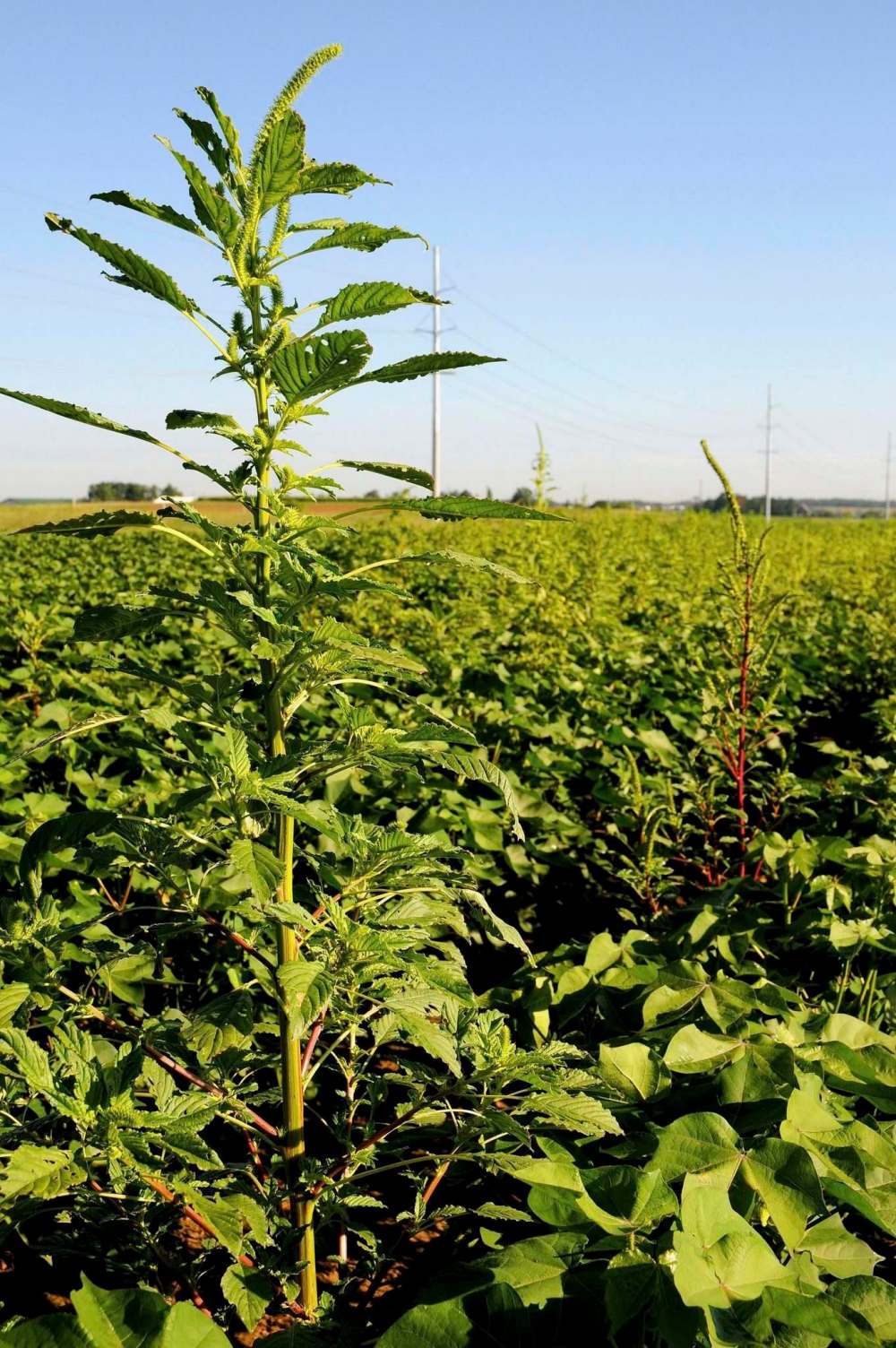Superweeds, pests on the move
Overland flooding troublesome threat to fields
Advertisement
Read this article for free:
or
Already have an account? Log in here »
To continue reading, please subscribe:
Monthly Digital Subscription
$0 for the first 4 weeks*
- Enjoy unlimited reading on winnipegfreepress.com
- Read the E-Edition, our digital replica newspaper
- Access News Break, our award-winning app
- Play interactive puzzles
*No charge for 4 weeks then price increases to the regular rate of $19.00 plus GST every four weeks. Offer available to new and qualified returning subscribers only. Cancel any time.
Monthly Digital Subscription
$4.75/week*
- Enjoy unlimited reading on winnipegfreepress.com
- Read the E-Edition, our digital replica newspaper
- Access News Break, our award-winning app
- Play interactive puzzles
*Billed as $19 plus GST every four weeks. Cancel any time.
To continue reading, please subscribe:
Add Free Press access to your Brandon Sun subscription for only an additional
$1 for the first 4 weeks*
*Your next subscription payment will increase by $1.00 and you will be charged $16.99 plus GST for four weeks. After four weeks, your payment will increase to $23.99 plus GST every four weeks.
Read unlimited articles for free today:
or
Already have an account? Log in here »
Hey there, time traveller!
This article was published 01/02/2020 (2135 days ago), so information in it may no longer be current.
With high levels of moisture saturating soils throughout the Red River Valley and parts of the Assiniboine River basin going into winter, there is a high likelihood the region will experience flooding come spring.
How much and how damaging will depend on the amount of precipitation we get over winter and how quickly it melts.
While Manitoba farmers are no strangers to overland flooding, speakers at the annual round of extension updates this winter are warning to be on the lookout for some troublesome pests hitching a ride into fields on that water.

Officials have been watching the northward migration of two plants that have been wreaking havoc with weed-control efforts south of the border over the past decade: herbicide-resistant Palmer amaranth and its genetic cousin waterhemp. Palmer amaranth’s arrival in Manitoba is pending, and waterhemp is already here, ready to make its next move.
They’ve been dubbed “superweeds” because they so rapidly evolve to survive virtually all forms of herbicide control. Once they develop resistance to one herbicide, they quickly figure out how to overcome stacked combinations of other herbicides too.
Researchers trying to understand how they do it have zeroed in on their sex lives. These particular species are dioecious, which means a field population contains both female and male plants. Most Amaranthus species contain male and female flowers on the same plant.
The dioecious plants more rapidly outcross, which gives them an advantage in the evolutionary race. As well, they are prolific seed producers, with one plant able to produce up to a million seeds. So not only do they develop resistance more rapidly, they are really good at spreading it around.
Farmers are easily caught off guard because there are lots of reasons why they might see a few weeds left here and there after spraying. It could have been a plugged nozzle on their sprayer; it could have been too hot, too cold or too windy.
Farmers are advised to assume herbicide resistance and do whatever it takes — mow, till or pull — to prevent those patches from going to seed.
Researchers hope that a better understanding of how these plants reproduce will open the door to new tools, for example, genetically modifying the plants so all the offspring are male, thereby collapsing the local weed population.
Herbicide-resistant weeds aren’t the only waterborne threat farmers need to monitor.
Clubroot is a strange beast in the world of crop protection. It is a protist, which means it is a parasite with plant, animal and fungal characteristics. It needs a living host to grow, which means it can quickly take hold if farmers grow canola in the same field year after year.
When it moves into a canola field, it can cripple production, and there is no treatment for it. In a badly infected field, farmers’ only tool is starving the organism by not growing susceptible crops for as many as 10 years. With canola being the No. 1 cash generator on most Prairie farms, the cure is almost worse than the disease.
In Alberta, clubroot has spread from field to field on contaminated soil that clings to equipment as farmers go about their work.
The pathogen has gradually made its way eastward and is now showing up in Manitoba fields.
However, whereas the clubroot infections in Alberta tend to show up first in field-entry points, Manitoba extension workers have noted the main path of transmission appears to be via waterways. That means farmers need to change their scouting practices to monitor for it.
The thing with most of these crop production challenges, whether they are resistant weeds or diseases, is that they force farmers to diversify their strategy for dealing with them.
In most cases, they have lots of tools to pick from, ranging from improved genetics to tillage, to various crop-protection technologies.
The problems arise when they keep doing the same thing over and over. When the pests take over, sometimes the only option is taking that field out of annual crop production.
That’s why the pressure is on for farmers to avoid getting the problem in the first place.
Laura Rance is vice-president of content for Glacier FarmMedia. She can be reached at lrance@farmmedia.com

Laura Rance is editorial director at Farm Business Communications.
Our newsroom depends on a growing audience of readers to power our journalism. If you are not a paid reader, please consider becoming a subscriber.
Our newsroom depends on its audience of readers to power our journalism. Thank you for your support.

